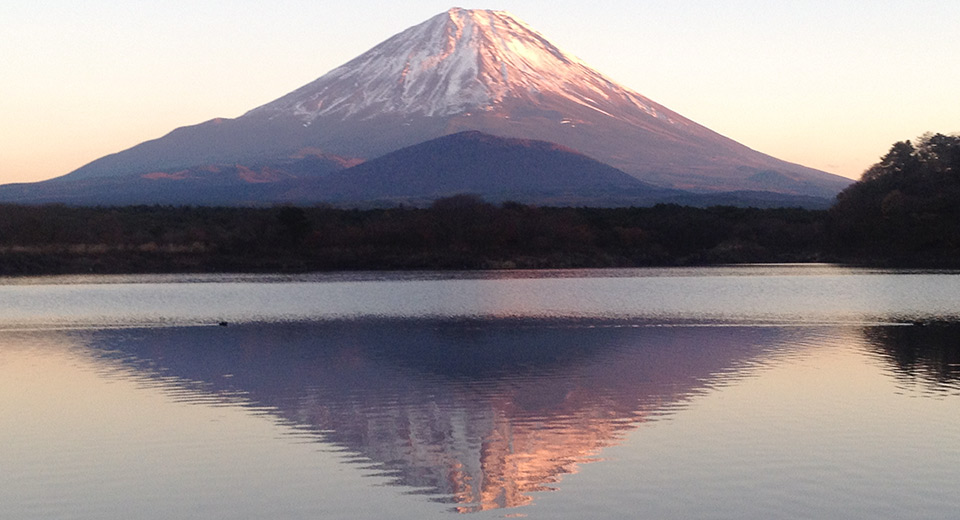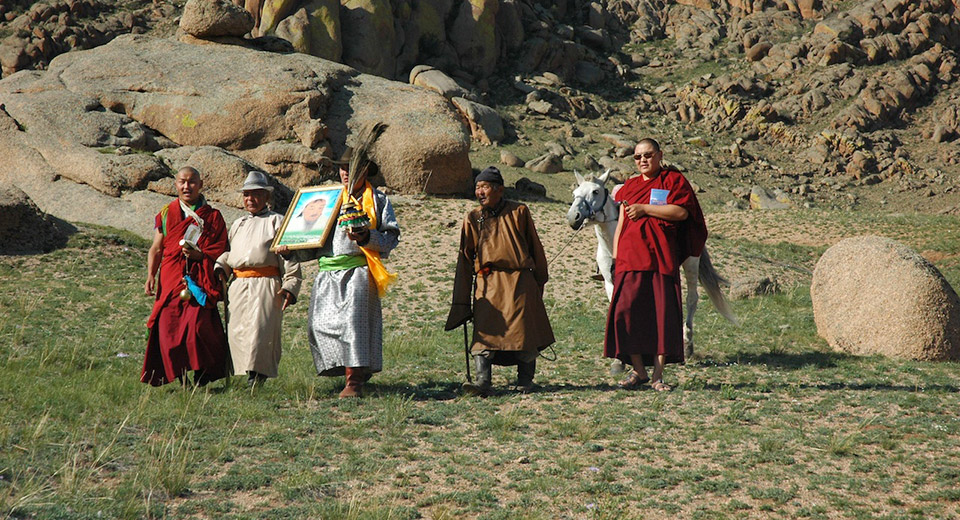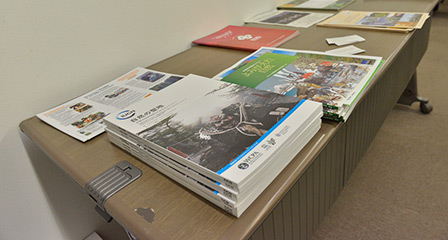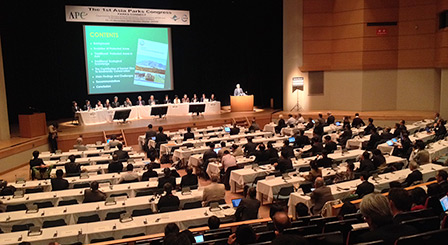In Asia, the Sacred Natural Sites Initiative works with the Biodiversity Network Japan and the IUCN World Commission on Protected Areas-Japan. The aim of the work is improving recognition and conservation of sacred natural sites in Asia. The work is the work is possible due to a grant from the Keidanren Nature Conservation Fund for which the Initiative is grateful . The fund and its partners operate by and promote the Keidanren Declaration for Biodiversity.
Sacred Natural Sites in Asia
Sacred natural sites are key features in Asian landscapes having supported an indigenous Asian philosophy of conservation and community-based protected areas for many generations. The aims of the project are to:- Develop the understanding, recognition and capacity to support sacred natural sites by protected area managers and conservation practitioners,
- Create an informal network of experts and practitioners that includes protected area managers and conservation practitioners,
- Develop and publish learning materials, that include as series of Asia specific case studies that test the application of the IUCN UNESCO Guidelines, and share these and lessons learned with the wider protected areas community
IUCN UNESCO Guidelines and beyond:
A key element of the project is to work with the sacred natural sites guidelines, to critically review them, to apply them in the field and to share lessons learned. The IUCN UNESCO Guidelines, already available in Korean and Japanese have been specifically developed to assist protected area managers to help recognise and better manage sacred natural sites that have been incorporated into protected areas as well as those located in the wider land and sea scape especially because these are often threatened by development projects.News from the Asian Region
 Asian Sacred Natural Sites: Call for contributions to a publication and online case studies
Asian Sacred Natural Sites: Call for contributions to a publication and online case studies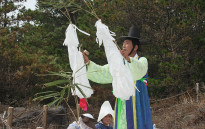 Introducing the Asian Sacred Natural Sites Network
Introducing the Asian Sacred Natural Sites Network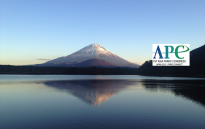 Increased Profile and Network for Sacred Natural Sites at the Asian Parks Congress in Japan
Increased Profile and Network for Sacred Natural Sites at the Asian Parks Congress in Japan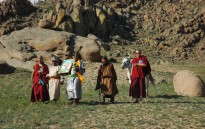 Call for Presentations on Asian Sacred Natural Sites at the Asian Parks Congress.
Call for Presentations on Asian Sacred Natural Sites at the Asian Parks Congress.
Building recognition and improving conservation
The Asian Parks Congress (Japan November 2013) and the World Parks Congress (Australia, November 2014) are the ideal venues for presenting, sharing and promoting the work underway in the project. The project is designed over three years and consolidated into several conservation products and processes on Asian sacred natural sites:Phase one includes case studies from the Asian region are presented at the Asia Parks Congress and also online with the Sacred Natural Sites Initiative. Workshops at the Asian Parks Congress help generate support for the outcomes of the congress specifically on sacred natural sites. Interest is scoped for the development of a regional Asian network on sacred natural sites.
Phase two focuses on expansion of Asian online case studies into chapters that will be bundled into a book presenting the lessons learned as well as the challenges in policy and practice in the region. The book will be presented at the World Parks Congress (WPC). At WPC the Asian sacred Natural Sites Network will collaborate on workshops in support of the development of a training module. The network will also support a first regional workshop and support mission to the Himalayan region. A start will be made on supporting translations of the essential IUCN UNESCO Guidelines into regional languages and the development of Country Profiles on sacred natural sites.
Phase three is largely under development and meant to create an e-learning module and a training or workshop module. In country workshops and trainings will be held for protected area managers, conservationists and custodians.
Sites in the Asian Region
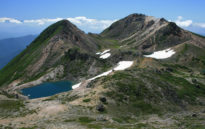 Protecting sacred places through sustainable tourism at Mt. Hakusan, Japan.
Protecting sacred places through sustainable tourism at Mt. Hakusan, Japan.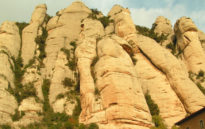 Communities of conservation and sustainable living: Christian monasteries in Europe and the Middle East
Communities of conservation and sustainable living: Christian monasteries in Europe and the Middle East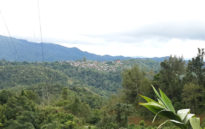 Conflicting value systems in the Lua people’s sacred mountains of Chiang Mai, Thailand.
Conflicting value systems in the Lua people’s sacred mountains of Chiang Mai, Thailand.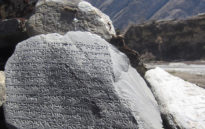 Sacred Tsum Valley: non-violence Buddhist lifestyles inspire surrounding people, Nepal
Sacred Tsum Valley: non-violence Buddhist lifestyles inspire surrounding people, Nepal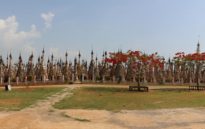 The gawbaka governance of Kakku and conservation strategies: fluid versus static spirituality, Myanmar.
The gawbaka governance of Kakku and conservation strategies: fluid versus static spirituality, Myanmar.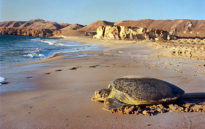 An ancient monument to the sea turtle at Ras Al Hadd Nature Reserve, Oman
An ancient monument to the sea turtle at Ras Al Hadd Nature Reserve, Oman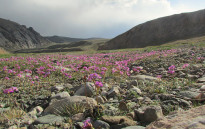 Opportunity for collaboration at the world’s ‘Third Eye’, Lake Issyk Kul
Opportunity for collaboration at the world’s ‘Third Eye’, Lake Issyk Kul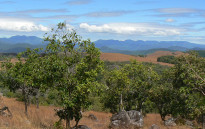 Preserving nature and culture with animistic ecotourism in Cambodia.
Preserving nature and culture with animistic ecotourism in Cambodia.

